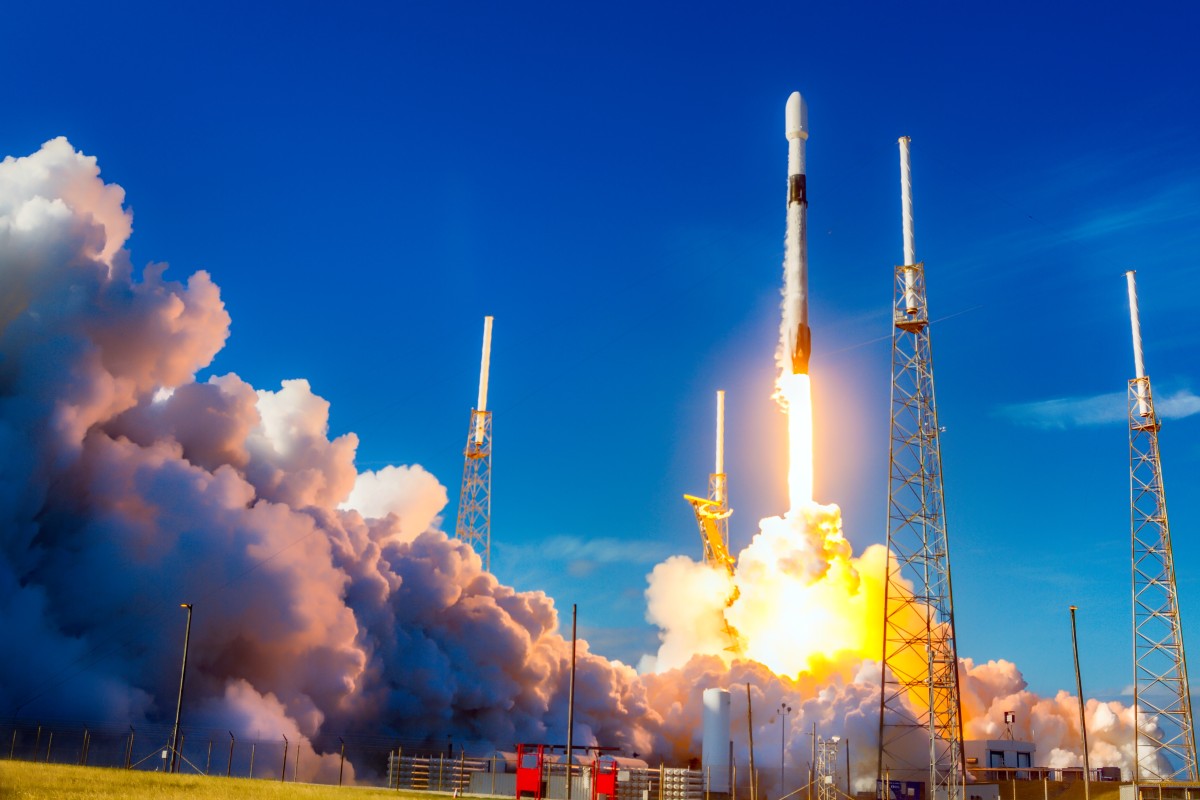The Indian Space Research Organisation (ISRO) has announced the official launch date for the Chandrayaan-3 mission. Scheduled for liftoff on July 14 from the Satish Dhawan Space Centre in Sriharikota at 2:35 PM, this lunar mission aims to showcase India’s capabilities in space exploration. The spacecraft has been integrated with the Launch Vehicle Mark-III (LVM3) at the same location, setting the stage for the upcoming launch.
Initially planned for July 13, the launch date was rescheduled by 24 hours. If the launch does not proceed as planned on July 14, a backup date until July 19 may be considered. Chandrayaan-3 consists of a propulsion module and a lander/rover, similar to the previous Chandrayaan-2 mission, but with improvements to ensure a safe landing and avoid the issues faced by its predecessor. The propulsion module will guide the lander/rover into a 100 km circular polar lunar orbit before separating.
The mission employs the Launch Vehicle Mark-III (LVM-3), ISRO’s most powerful rocket to date, with a lift-off mass of 640 tons. Once in lunar orbit, the spacecraft will initiate the landing approach towards the designated site near the Moon’s South Pole. After a successful landing, the rover will be deployed to conduct an in-situ chemical analysis of the lunar surface, focusing on the moon’s thermophysical properties, seismic activity, plasma environment, and elemental composition.
The in-situ chemical analysis performed by the rover will yield valuable insights into the lunar environment, contributing to future space missions and potentially unraveling new discoveries about the Moon’s formation and evolution. The lander and rover are designed to operate for approximately 14 Earth days.
Chandrayaan-3 represents India’s commitment to space exploration and technological advancement, with the primary objective of achieving a soft landing on the Moon’s surface. This mission is the third installment of the Chandrayaan series and India’s second attempt to achieve a successful landing. With a lander and rover onboard, Chandrayaan-3 holds tremendous potential to deepen our understanding of the Moon’s surface and its composition, furthering humanity’s exploration of our celestial neighbor.
The main scope of Chandrayaan-3, India’s third lunar exploration mission, is to successfully land a rover on the Moon’s surface. Chandrayaan-3 is a follow-up mission to Chandrayaan-2, which had an orbiter, lander, and rover. While Chandrayaan-2’s lander, Vikram, experienced a communication failure and crash-landed on the lunar surface, the orbiter continues to function and provide valuable data.
Chandrayaan-3 aims to learn from the lessons of its predecessor and focus on achieving a successful soft landing. The mission will involve an orbiter, a lander, and a rover. The orbiter will perform remote sensing and mapping of the lunar surface, while the lander will facilitate a controlled descent and touchdown. The rover will then be deployed to explore and conduct scientific experiments on the Moon’s surface.
The primary objective of Chandrayaan-3 is to enhance India’s understanding of the Moon’s geology, and lunar exosphere, and search for water ice deposits. It will contribute to advancements in space exploration, technology development, and scientific research. Additionally, the mission will continue to expand India’s space capabilities and strengthen its position in the global space community.
Overall, Chandrayaan-3’s main scope is to achieve a successful landing and conduct scientific investigations to further our knowledge of the Moon and pave the way for future lunar missions.
India’s Path to Triumph: A Remarkable Journey Aiming to Elevate India’s Status, Given that Only Three Countries Have Succeeded in Landing Spacecraft on the Moon’s Surface to Date. Furthermore, the Uncharted Dark Side of the Moon Remains an Unexplored Frontier, Adding to the Excitement and Anticipation Surrounding India’s Impending Mission.



